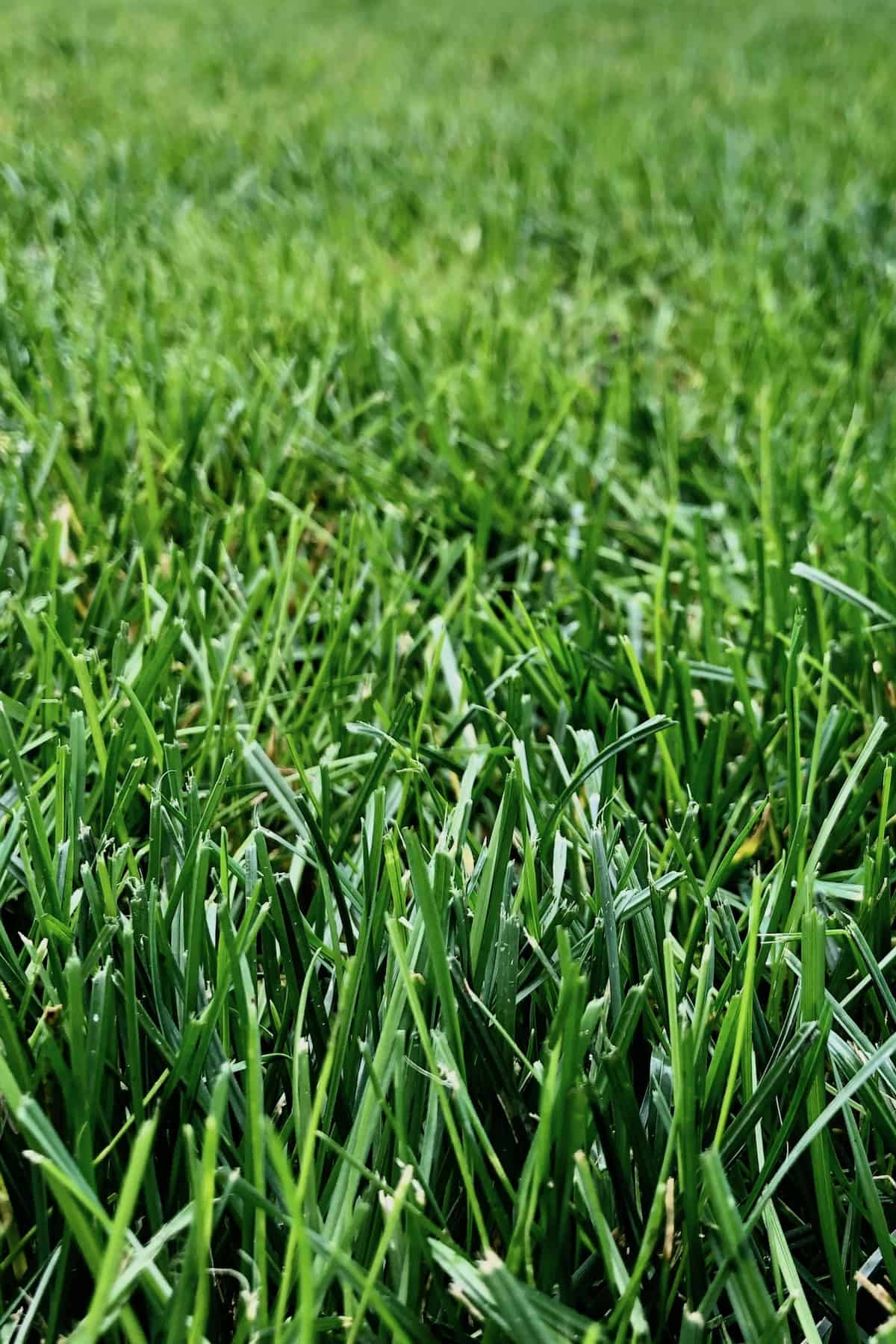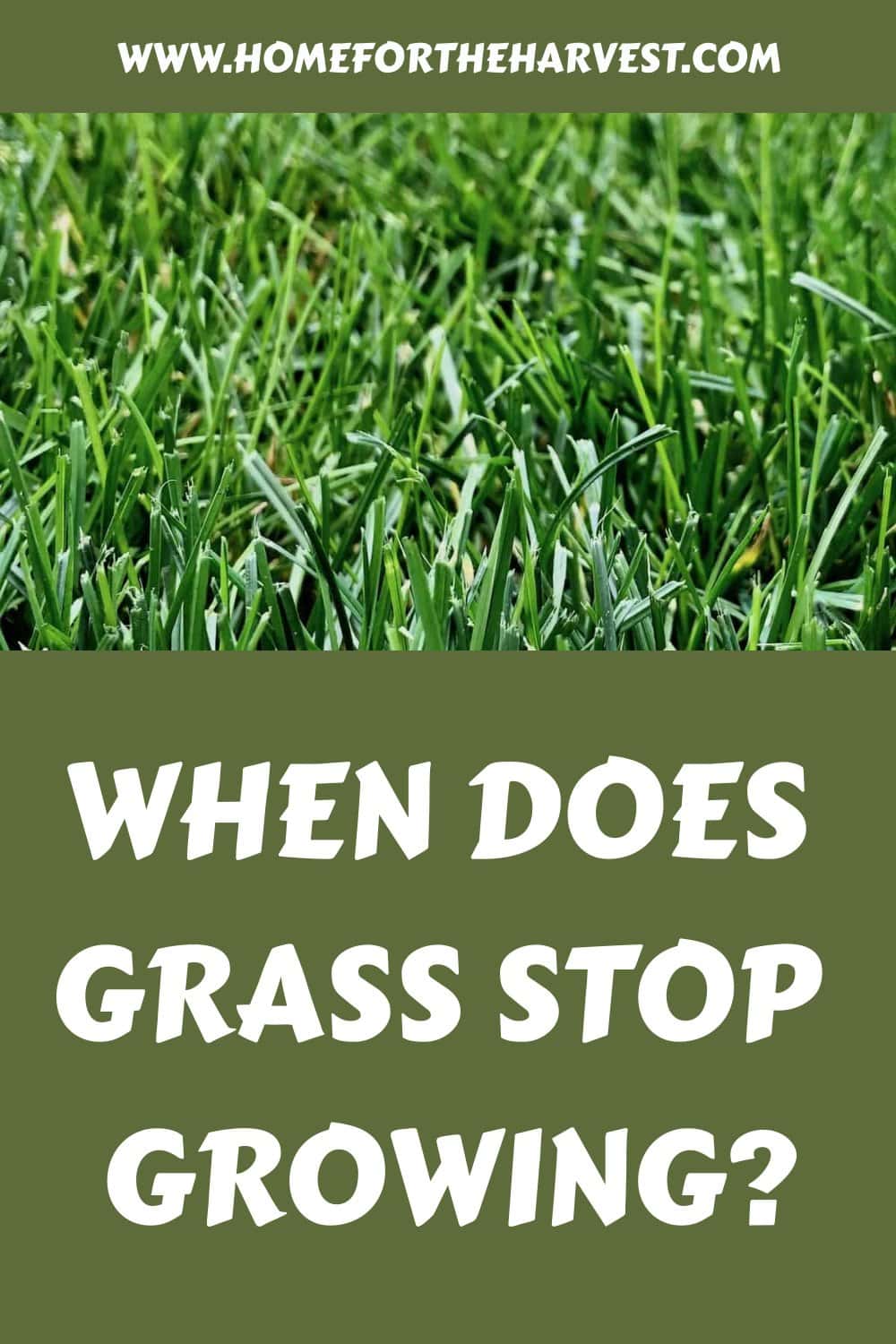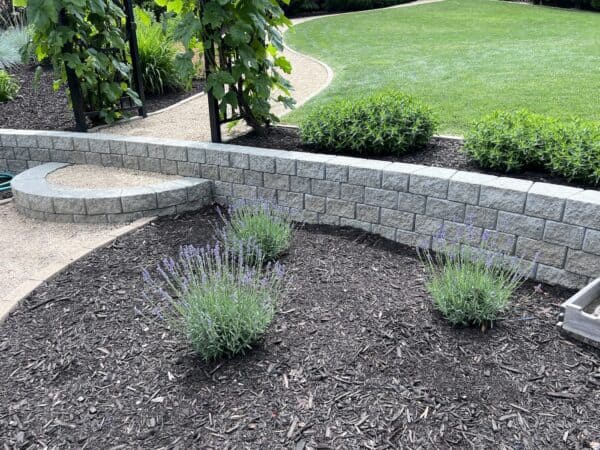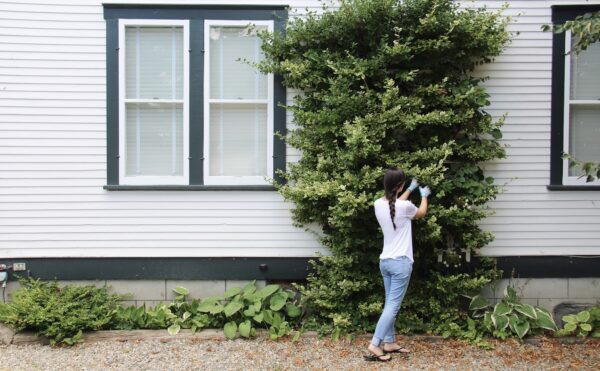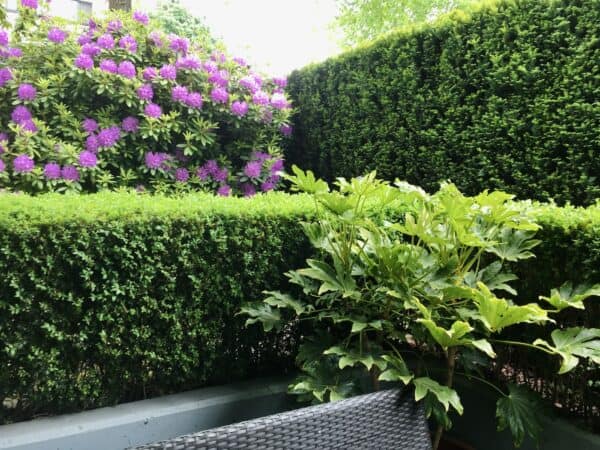Grass stops growing in the fall when daytime temperatures tend to stay below 40-50 degrees Fahrenheit (5-10 degrees Celsius). While it remains alive at temperatures below this range, growth is far too slow to require regular mowing. In Canada and the Northern States, cooler temperatures in late October and November generally cause grass growth rates to slow to a halt. Even hot summer temperatures can cause the grass to stop growing.
Why grass stops growing
Grass stops growing when it’s not getting the things it needs to grow normally. Grass needs heat, light, water, and nutrients to grow. If it can’t get what it needs, it goes on vacation (dormancy…). Dormancy protects the grass from environmental extremes (especially in temperature).
Grass stops growing if the temperature is too cold or too hot. It stops growing if it can’t get sunlight due to snow, leaf cover, or even short winter days. The roots of grass plants need both air and water. Grass plants will stop growing if they can’t get air and water.
The effects of air and soil temperature on grass growth rates
Grass stops growing in the fall when temperatures consistently remain between 40-50 degrees Fahrenheit (5-10 degrees Celsius). While grass can actually grow right down to freezing air temperatures (albeit slowly), it grows much better above the 40-50 degrees Fahrenheit range.
Keep in mind that the soil doesn’t instantly adjust to the same temperature as the air. Soil temperature takes time to drop, and soil temperature affects dormancy. Due to this factor and the other complex factors affecting grass growth, it’s unreasonable to expect grass to stop growing instantly when the weather report predicts 40 degrees Fahrenheit air temperatures. But 40 degrees Fahrenheit is a pretty reliable rule of thumb.
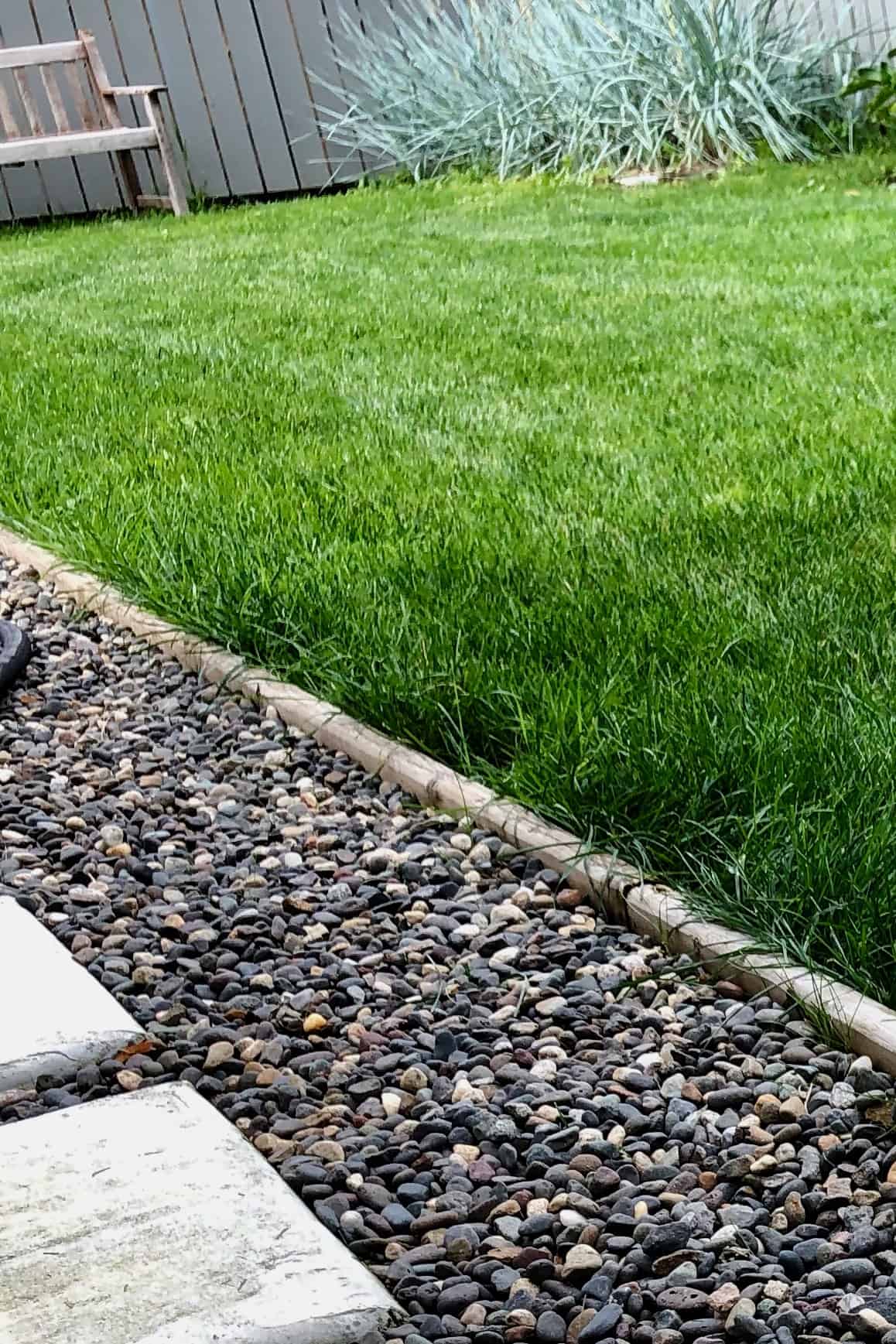
Grass growth patterns throughout the year
As the soil warms up in the spring, perennial grass plants have nice long roots full of energy they stored up in the fall. Grass plants use this energy to put on a burst of growth during the spring.
Grass grows fast in late spring and early summer due to the nice warm temperatures and available sunlight. Mid-summer can bring short periods of dormancy during drought conditions, but grass can also grow well if it has adequate water and sunlight. By late summer, growth starts to be restricted as temperatures drop and the light from the sun is less available.
As autumn rolls around, temperatures become better for grass. Blades of grass start to grow nicely again during crisp fall days when the air is between about 55-75 °F (13-23 °C). The grass also gets going on growing those long roots that store up nutrients over winter for the spring burst of growth.
Further Reading: Check out this study on grass growth in Ireland. The authors Wingler & Hennessy discuss environmental factors that limit growth at different times of the year.
Seasons of lawn dormancy for turf grass
Lawns naturally take a bit of a vacation during periods of heat and drought. Cool-season lawns slow their growth rates down to a halt to survive harsh times. Grass dormancy happens during hot/dry summer periods and during cold winter months. During periods of dormancy, grass blades turn a brown or tan color. Beware that it can be easy to mistake a dormant lawn for a dead lawn.
Seasonal dormancy is when plants stop growing and become inactive to protect themselves from harsh weather. Things like temperature, light patterns, nutrients, and how wet the soil is, control how and when plants grow through many detailed processes.
Periods of dormancy in lawn turf grass
Grass goes dormant when there is not enough moisture and warmth to sustain regular growth. Typically grasses drop into dormancy for the winter when the air temperature is consistently between 40-55 degrees Fahrenheit (5-12 degrees Celsius).
When the grass stops growing in the fall, it turns its attention and energy to building cold hardiness. The grass plants make chemicals that help them survive the harsh cold of winter. The grass plants put their effort into surviving the cold rather than growing lovely long green blades.
Dormant lawn vs. Dead lawn
A dormant lawn is not a dead lawn. Grass can still photosynthesize at below-freezing temperatures as long as there is CO2 and some sunlight available. There is still evapotranspiration going on during wintertime. The grass isn’t dead, it’s just sleeping.
This is all assuming you have planted perennial grass (grass that comes back alive every spring). There are annual types of grass that are included in some grass mixes. They germinate quickly but don’t come back after winter. So yes, those particular plants are quite possibly dead.
How long will grass stay dormant during temperature extremes?
Healthy, established grasses can happily stay dormant during summer drought and winter cold. The length of time that they can survive dormancy depends on the type of grass and how healthy it is (yay for strong, deep roots!). Some grass can survive up to a month of drought dormancy in the summer. Grass has an easier time with winter dormancy, as lawns can stay dormant for months under a blanket of snow.
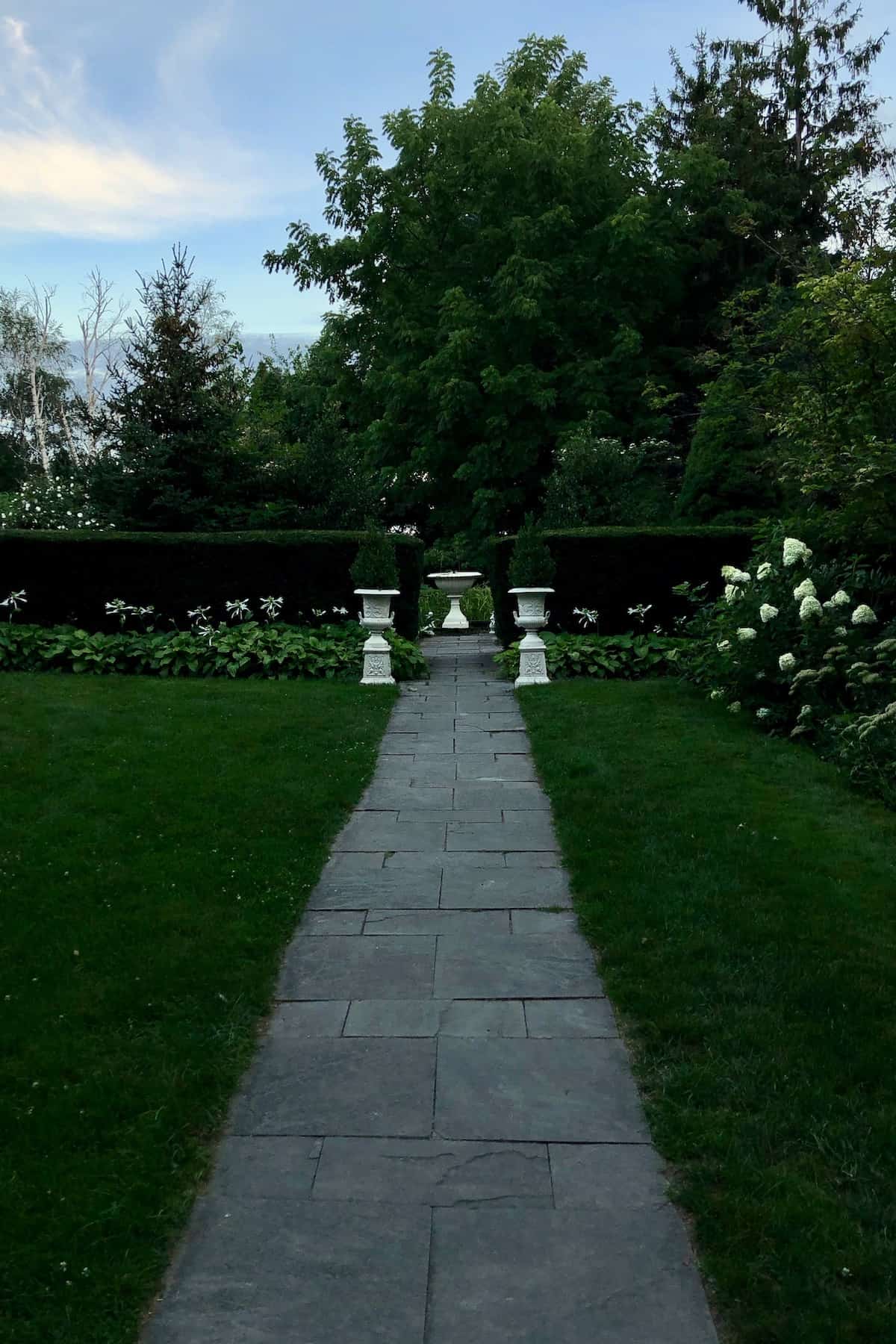
Mowing grass the last time before winter as growth slows due to cooler temperatures
In our area and in many parts of North America, it’s not necessary to mow the lawn in the months between November and March. The grass grows so slowly when temperatures are just above freezing it’s often better for the grass just to let it be.
Because of the months of not mowing, it can be helpful to try and plan out your last lawn mowing before winter. In the early fall, the grass should be growing at a regular pace, and it can be mowed at a regular pace. Mow frequently until the grass stops growing. When the grass stops growing, it’s time to park the mower for the winter.
I mow my lawn grass to 3 inches high while the grass is actively growing in the fall. I have changed the height a little bit at the end of the season in previous years to a 2 ½ inch height, but I don’t anymore. I’m not sure it’s worth the risk of having the short grass exposed to a cold snap.
Further Reading: For more about mowing the grass before winter, here’s a good article about keeping your lawnmower at 3 inches high for the last cut of the year.
I do try and time the last cut so that it’s just as the grass has gone dormant. This can be tricky because it’s gotta be done before the freeze. It’s one of those hard-to-predict seasonal chores. Pretty much…I just wait for the grass to stop growing, and then I stop cutting it. Nothing fancy.
I follow the one-third rule (never clip off more than one-third of the grass height in one mow). The same goes for not mowing wet grass (or frozen grass). If it’s below 40 degrees out (5 degrees Celsius), it’s too cold to mow. Wait for the lawn to warm up and dry out a bit.
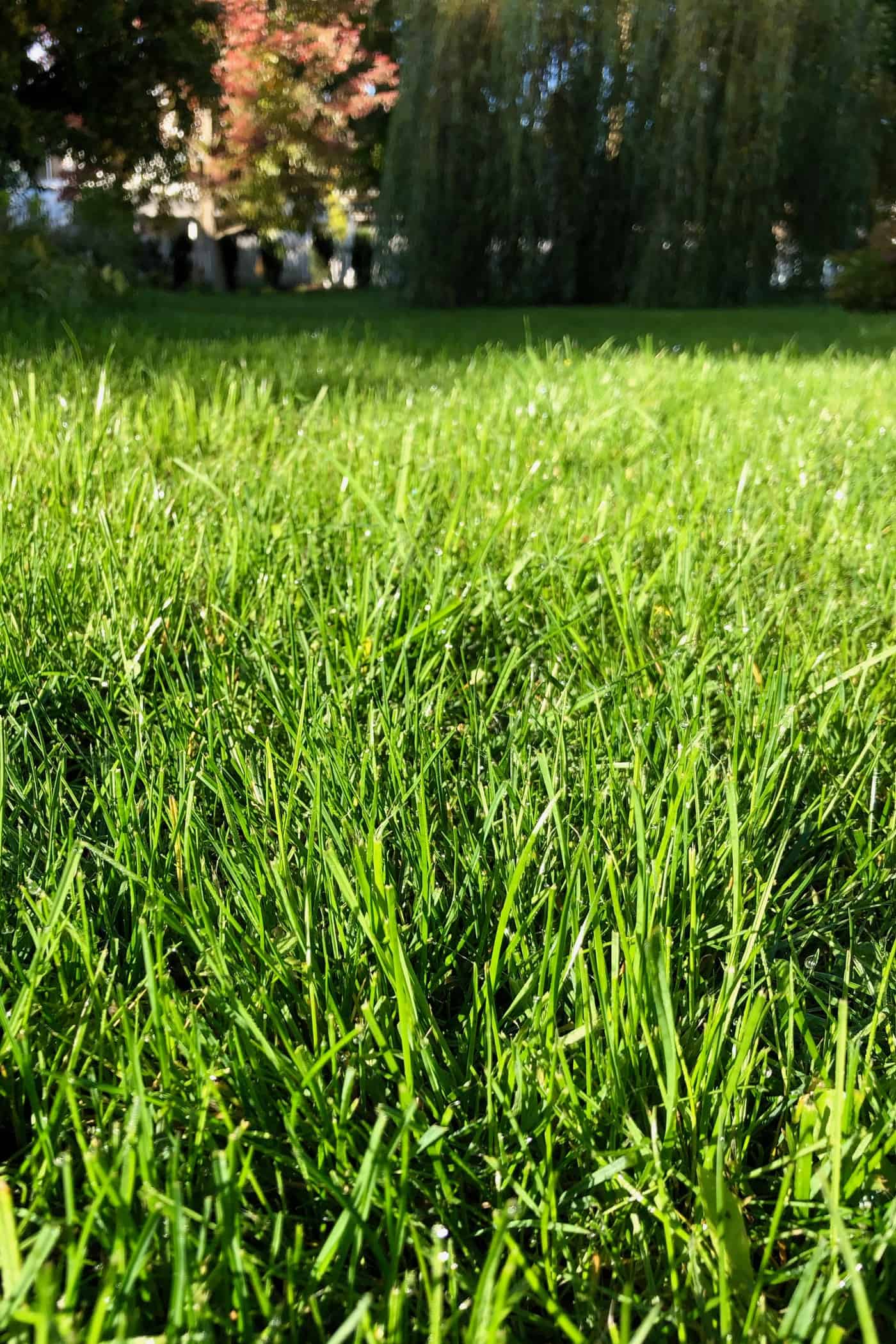
Other lawn care tips to consider when the grass stops growing
There will be lots to do even as the lawnmower gets put away due to the cold. There will still be some late-falling leaves to rake up, and there’s always the fun of composting autumn leaves.
One year we got a warm spell in mid-December, and I thought about mowing. I’m glad I didn’t…the lawn was fine. I think I would mow if we had a really extended warm and dry spell, but I haven’t yet had the experience of our lawn “waking up” in the middle of winter (thankfully!).


